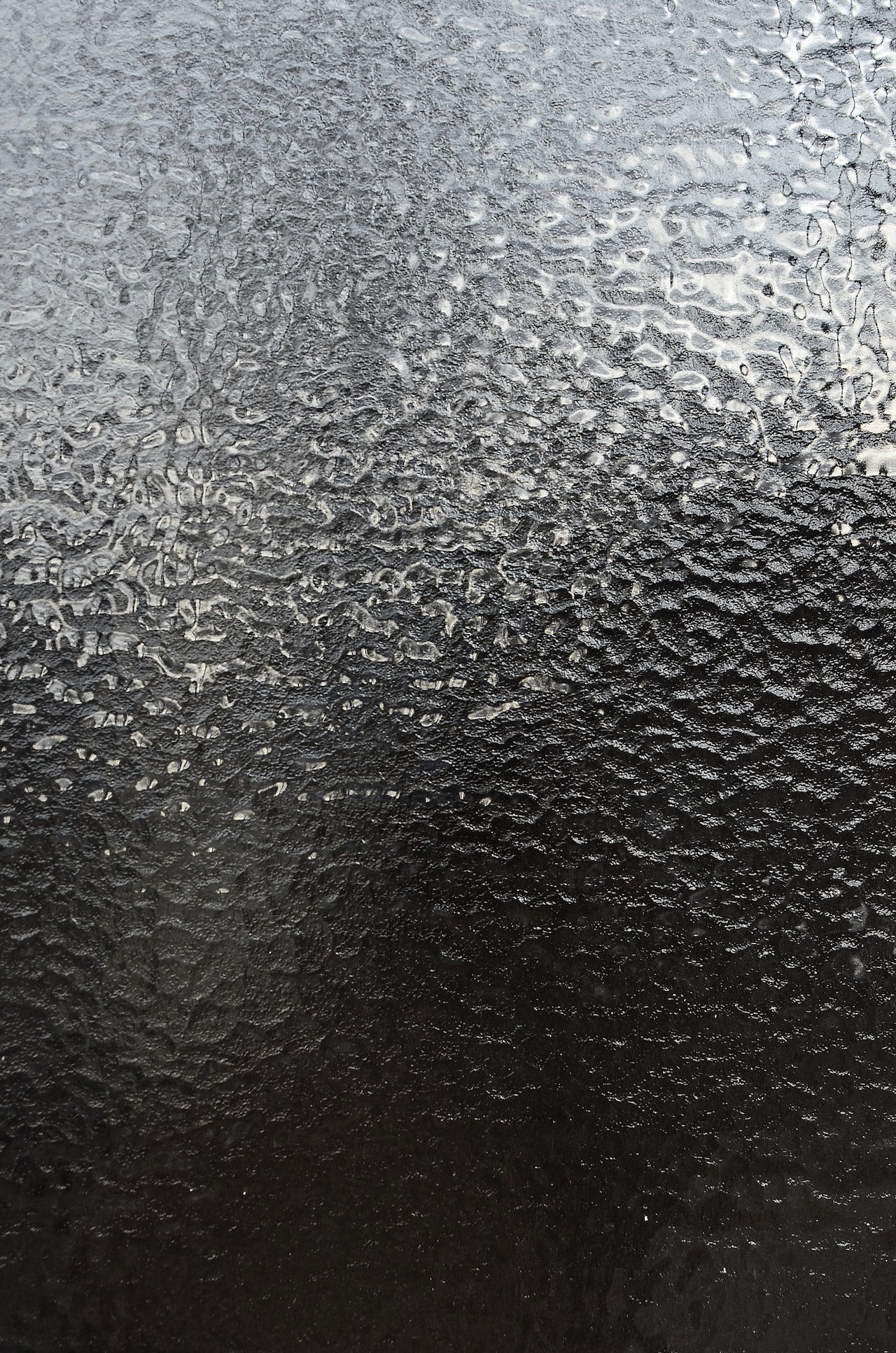How Sandblasting Works

Sandblasting refers to the process of propelling fine pieces of material onto a surface at an extremely high velocity. It can be used in a number of different ways, including cleaning and etching. Generally, the material is treated by using an air-powered pressure gun.
Here, Cameo Glass takes a look at how sandblasting works. We’ll discuss some of the technicalities involved in the process, how it came about, and some of its advantages.
How sandblasting works
Although the name might suggest otherwise, it is rare for actual sand to be used in the process nowadays, due to the potential health and safety risks. Instead, powdery abrasive materials and fine pieces of silicon are more commonly used for sandblasting. These fine materials are highly effective for cleaning and etching.
Essentially, by directing the sandblaster over a material, that material can be cleaned of dirt and rust, or can be etched to create a striking visual effect. An air compressor provides the fuel for sandblasters, allowing the abrasive materials to reach the high speeds that are necessary for the process to be effective. The higher that pressure, the more intense the process will be; it is important to be aware of the pressure levels, however, as overly harsh sandblasting can cause damage to a number of materials.
The history of sandblasting
Sandblasting has become a very popular method of cleaning glass. It has, however, actually been relatively well-known since the late nineteenth century. For the next fifty years or so, it was relied upon as a messy, but relatively effective, method of cleaning and etching.
Just before World War Two, the US navy began to use sandblasting as a way of prolonging the coating on their ships and equipment. This example of the process proving successful paved the way for it to be used by a number of other companies in the future. Since, it has become significantly refined and assessed from a health and safety perspective.
Advantages
As we’ve discussed, there are two primary uses for sandblasting: cleaning and etching. The main advantage of cleaning materials by sandblasting them is that the process takes very little effort from a manual perspective. Simply operating a hand-held machine rather than exerting any physical effort makes cleaning glass, metals, and rough surfaces far easier.
As for etching, an excellent amount of control is offered by the sandblasting process. Changing the direction and speed of the sandblaster can create a range of different shades, allowing for some very artistic designs to be produced. Hand-etching is far more time consuming and demanding, and a high level of accuracy is attainable from sandblasting thanks to the availability of stencils.
Cameo Glass
Here at Cameo Glass, we understand exactly how sandblasting works, and have experience of implementing it for a number of our products. To find out more about how we use the sandblasting process, you can contact a member of our team on 01793 513 864, or fill out one of our online contact forms.